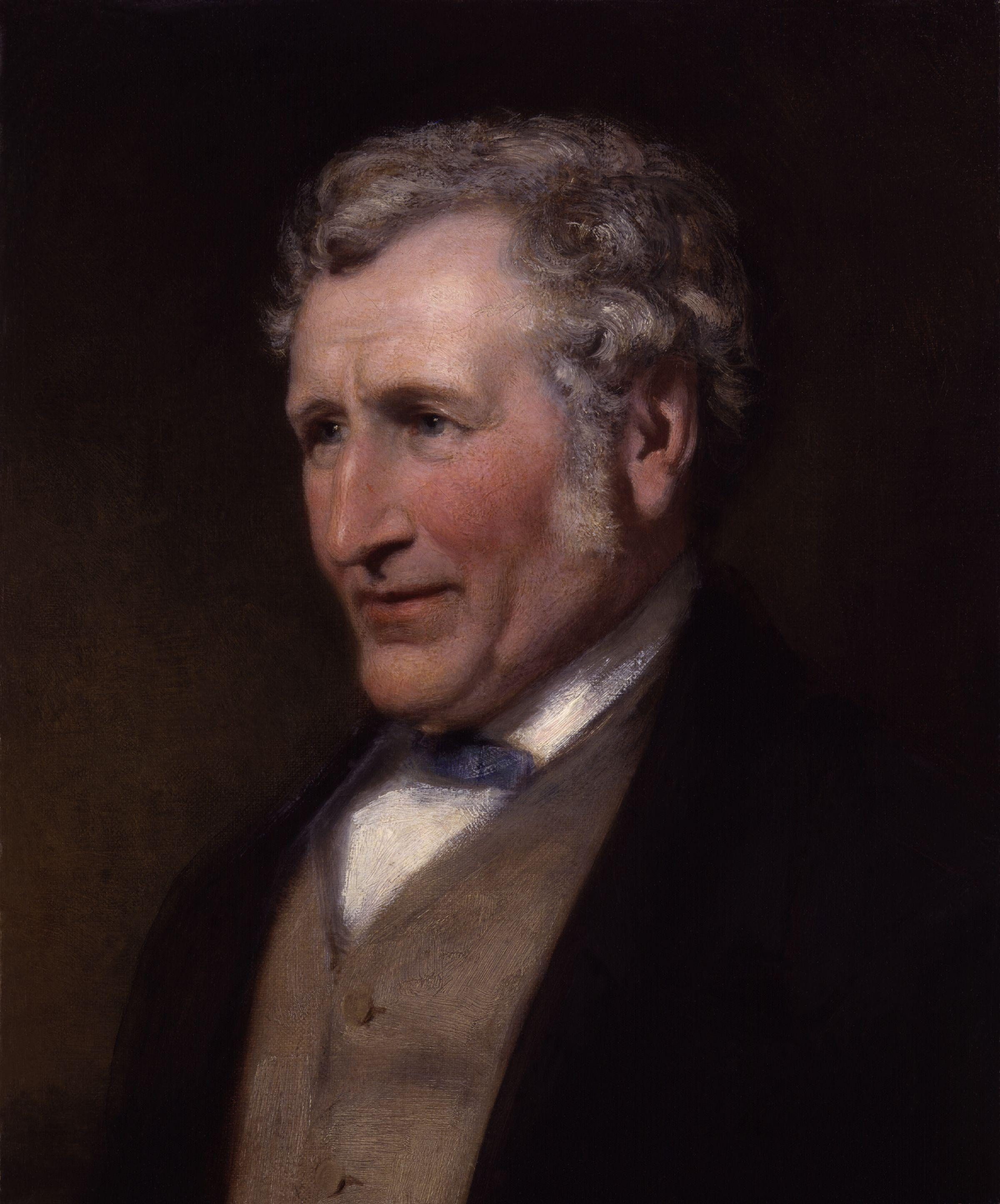Source: James Nasmyth engineer, 1883, p. 1
Contexte: Our history begins before we are born. We represent the hereditary influences of our race, and our ancestors virtually live in us. The sentiment of ancestry seems to be inherent in human nature, especially in the more civilised races. At all events, we cannot help having a due regard for the history of our forefathers. Our curiosity is stimulated by their immediate or indirect influence upon ourselves. It may be a generous enthusiasm, or, as some might say, a harmless vanity, to take pride in the honour of their name. The gifts of nature, however, are more valuable than those of fortune; and no line of ancestry, however honourable, can absolve us from the duty of diligent application and perseverance, or from the practice of the virtues of self-control and self-help.
James Nasmyth: Citations en anglais
“Everything connected with war and warlike exploits is interesting to a boy.”
Source: James Nasmyth engineer, 1883, p. 52 (in 2010 edition)
Source: James Nasmyth engineer, 1883, p. 389; Cited in: Humphrey Jennings, Mary-Lou Jennings, Charles Madge (1985). Pandaemonium, 1660-1886: The Coming of the Machine as Seen by Contemporary Observers, 1660-1886. p. 302
Source: James Nasmyth engineer, 1883, p. 218 (p. 181 in 2010 edition)
Source: James Nasmyth engineer, 1883, p. 87 (p. 221 in 2010 edition)
“We may fill our purses, but we pay a heavy price for it in the loss of picturesqueness and beauty.”
Source: James Nasmyth engineer, 1883, p. 153 (in 2010 edition)
James Nasmyth in: 10th Report of Commissioners on Organisation and Rules of Trades Unions, 1868; Cited in: Robert Maynard Hutchins (1952), Great Books of the Western World: Marx. Engels. p. 214
James Nasmyth in: Industrial Biography: Iron-workers and Tool-makers https://books.google.nl/books?id=ZMJLAAAAMAAJ, Ticknor and Fields, 1864. p. 337
